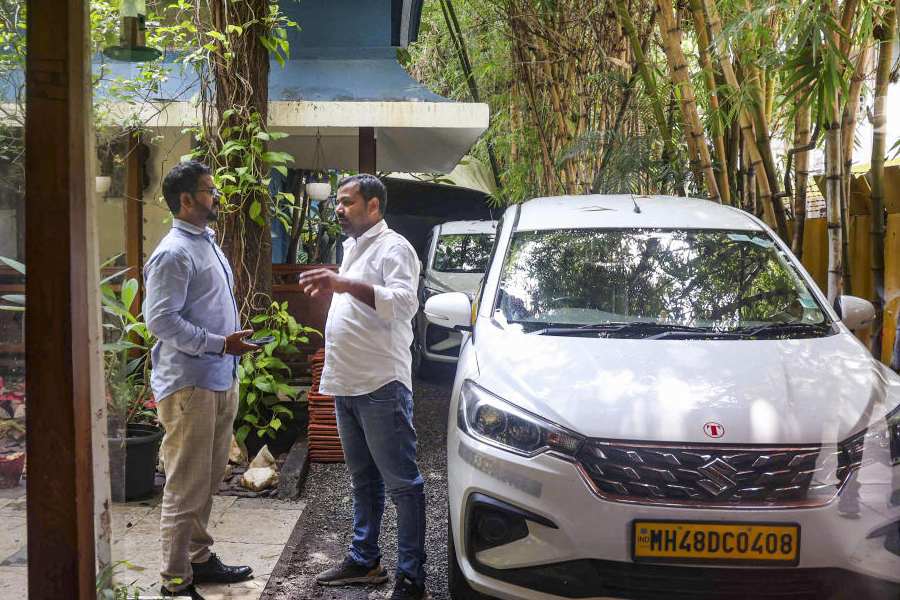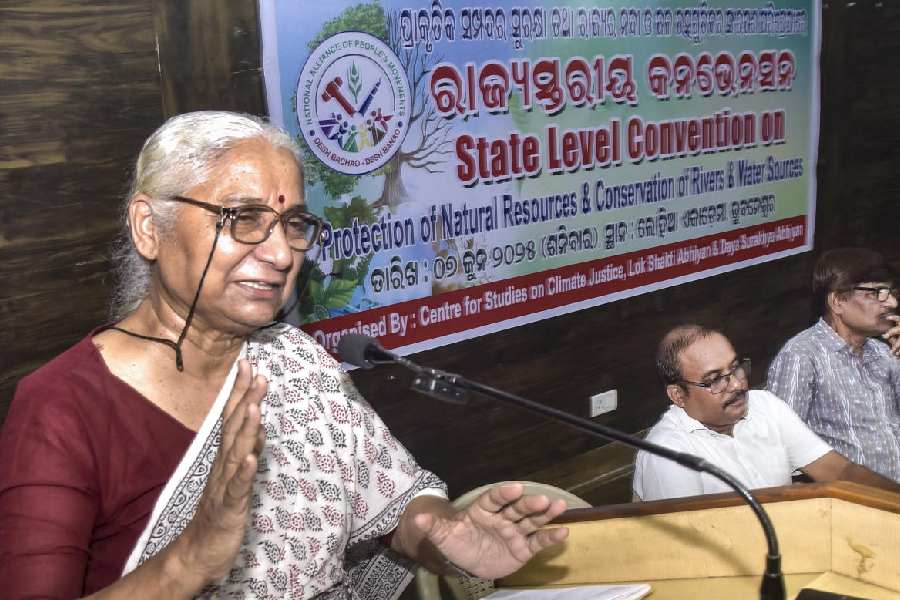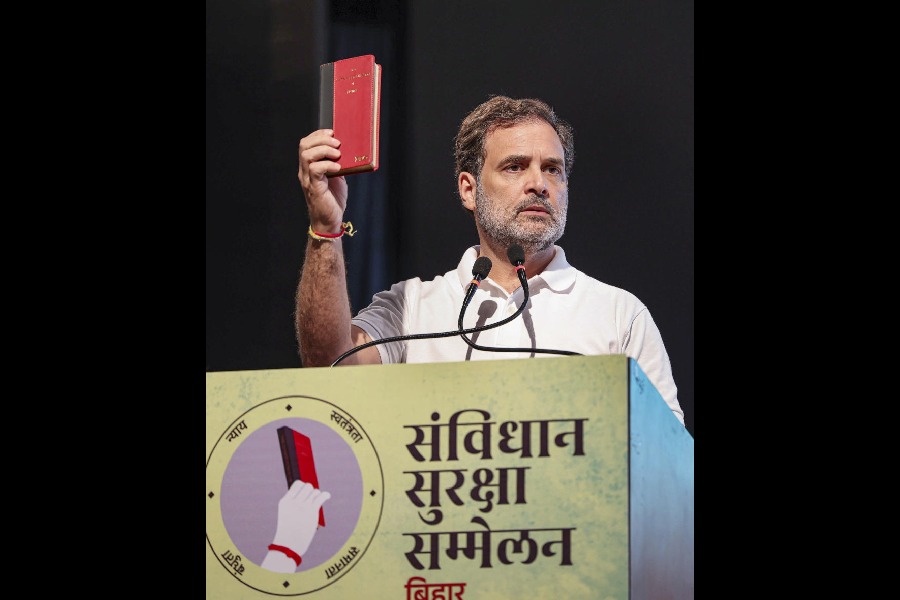 |
Bhubaneswar, June 30: The dipping water level in the state’s major reservoirs due to inadequate rainfall in the upper catchment areas of rivers has triggered off the possibility of an impending power crisis.
“If it does not rain in the next few days, there would be a severe power crisis,” said Grid Corporation of Orissa director Alekh Chandra Mallick.
Energy minister Atanu Sabyasachi Nayak told the The Telegraph: “We are taking adequate measures to meet the crisis. If the rain does not occur in the next week, there could be a serious crisis.”
Numerical weather simulations and forecasts indicate that Orissa will receive light to moderate rainfall in a scattered manner -- 25 per cent to 50 per cent of stations receiving rainfall -- over the next five days. The amount could range up anywhere from no rain to 30 mm or slightly higher, according to the five-day forecast issued by the India Meteorological Department. Weather scientists say a monsoon revival which they had predicted has not taken place so far. The revival, expected to push the monsoon line further across central and northern India, would have meant more rain along the east coast.
Orissa's northern district of Mayurbhanj, for instance, is expected to receive 18 mm rainfall on Thursday and Friday, but will receive 16 mm on Saturday and just 7 mm on Sunday. Cuttack could have 32 mm on Friday, but only 5 mm on Sunday.
Up to June 25, rainfall over Orissa had been scanty -- 54 per cent below the normal expected during the first month of the monsoon. A full first-month rainfall analysis is expected to be issued by the weather agency at the end of this week.
The state’s 60 per cent power requirement is met from hydropower, the rest comes from thermal power units and central share. As the monsoon continues to play truant, the water level of the most of the reservoirs has started falling.
Mostly, the state gets hydropower from power stations at Burla, Chiplima, Balimela, Rengali, Upper Kolab, Indravati and Macchkund. As the monsoon has failed to produce the desired rainfall so far, the water level of most of the reservoir has dipped.
According to figures available with the Orissa Hydro Power Corporation (OHPC), the water level at Hirakud dam stands at 595.67 feet, just 4.37 feet above the minimum storage capacity. “It is really a precarious situation,” said a senior official of the energy department. Similar is the situation with other reservoirs.
Detailing the measures being taken by the state to meet the crisis, the minister said that the government had asked industrial units such as NALCO, Vedanta and Jindal, which have captive power plants, to make power available to the state. From these sources, the state expects to get anything between 500 and 600 MW. The state has already stopped repaying power to Punjab. At present, the state needs 2,600 MW. The NTPC’s Talcher unit, which used to supply around 110 MW, has stopped supplying power from June 24 due to a technical snag in the unit.










